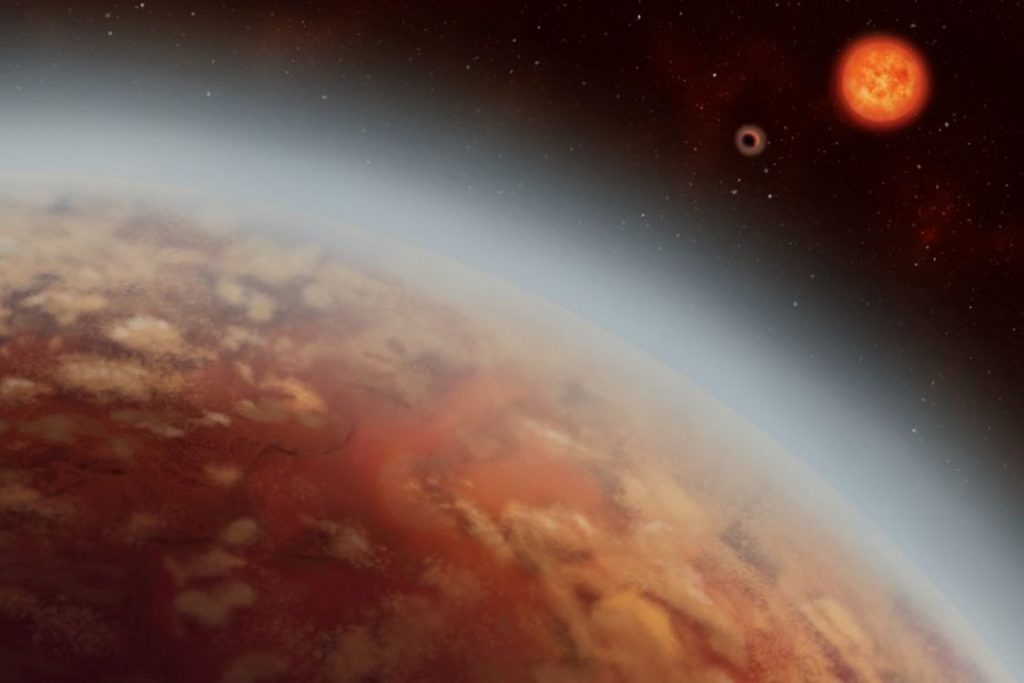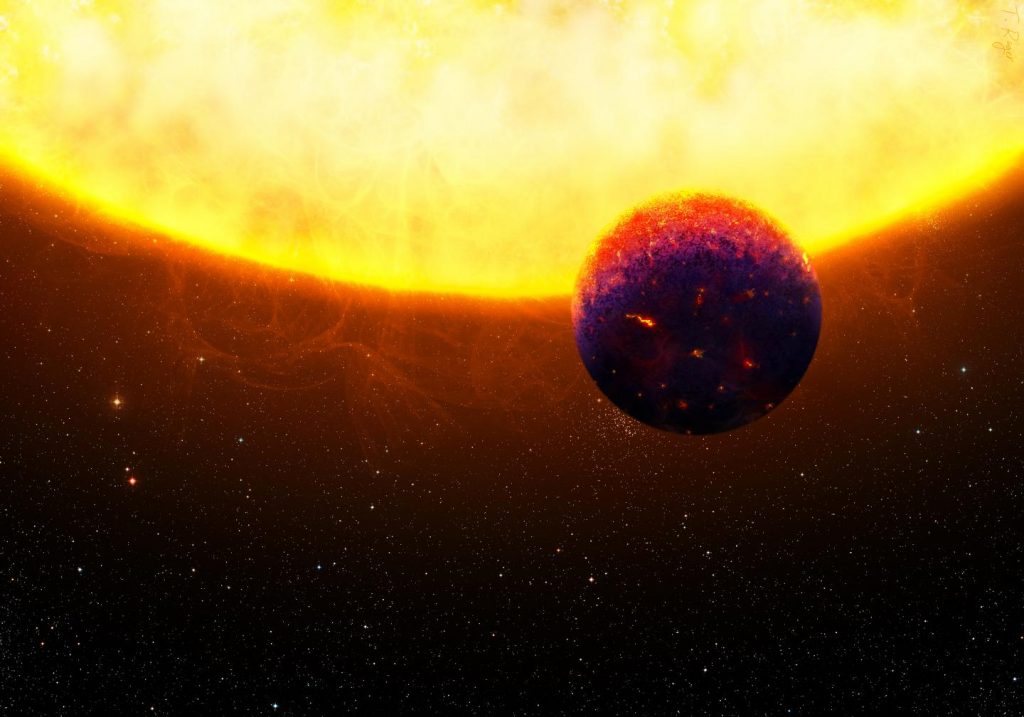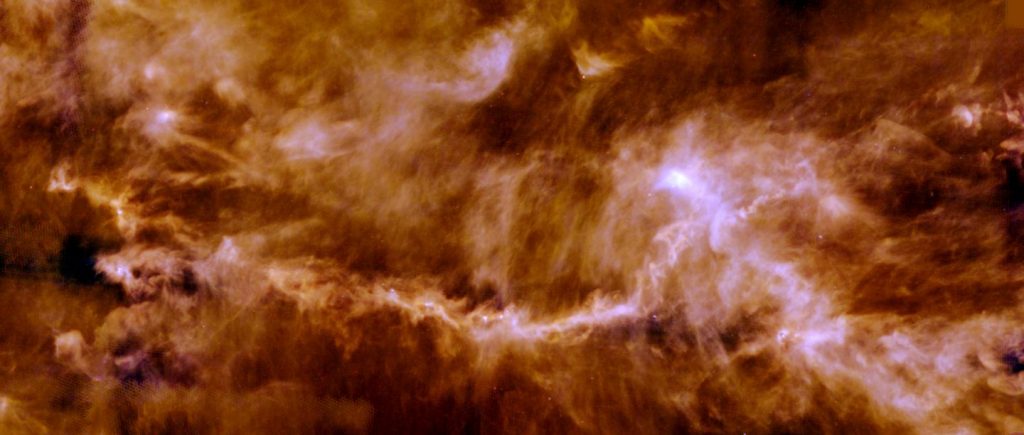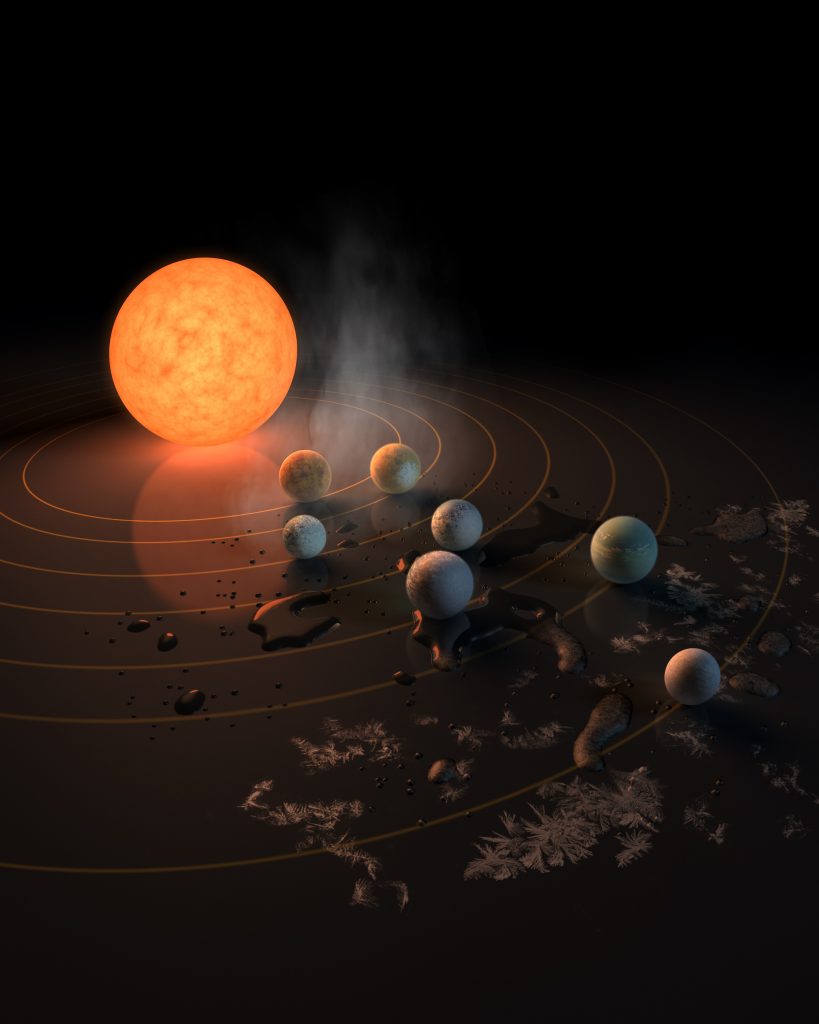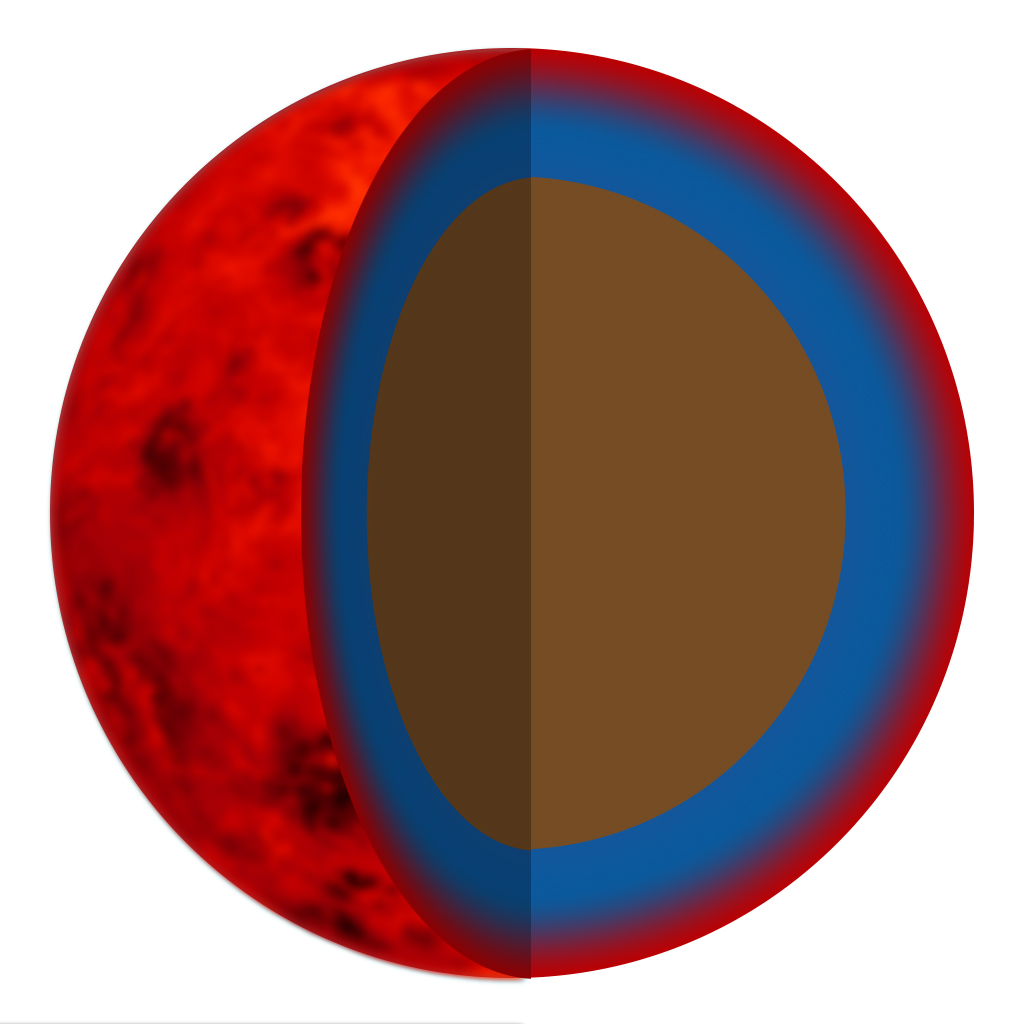Water vapor in the atmosphere of an inhabitable rocky planet
There’s no shortage of water in the universe. Water molecules have even been found in the cold interstellar medium. After hydrogen, water is the second most abundant substance in the atmosphere of hot gas planets. Neptune, Uranus, and their siblings in space are not called ice giants for no reason – they also contain a large amount of water ice. On rocky planets, water could be a sign of good conditions for life. This, however, would also depend on where the water is located. Researchers already think that some planets have large quantities of water due to their densities.…
